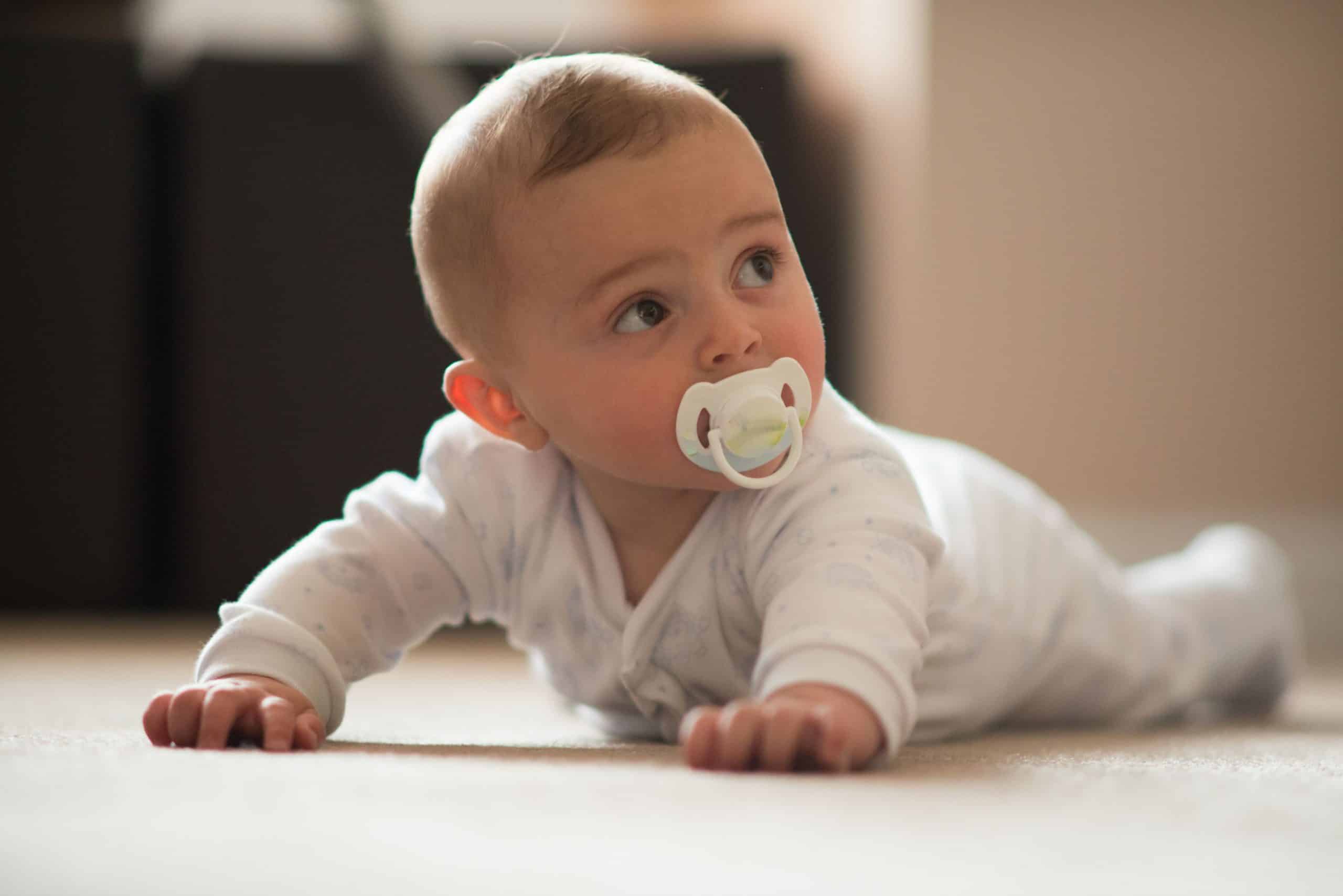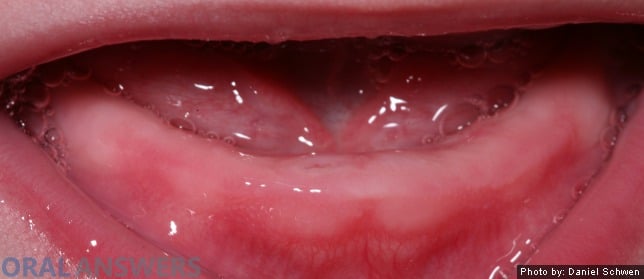Pacifiers and teethers are both very useful baby accessories that you will use at different stages of your baby’s development. But how do you know what to offer, and when to offer it? Here’s a quick rundown of the differences between pacifiers and teethers.
What are pacifiers?
 From the moment your baby is born, he/she has a natural desire to suckle. When this reflex is not met, your baby may fuss and cry. This is why pacifiers (also known as soothers or dummies) were invented.
From the moment your baby is born, he/she has a natural desire to suckle. When this reflex is not met, your baby may fuss and cry. This is why pacifiers (also known as soothers or dummies) were invented.
In other words, pacifiers are meant to soothe your baby and satisfy his/her natural sucking reflex.
Sometimes new moms will feel frustrated because their babies are fed and clean, but still crying. Very often, a pacifier will quickly and effectively calm your baby. The American Academy of Pediatrics also recommends pacifiers to reduce the risk of sudden infant death syndrome.
When to use a pacifier?
Pacifiers have been associated with nipple confusion and breastfeeding difficulties. If you are breastfeeding, the American Academy of Pediatrics recommends that pacifiers be avoided until breastfeeding is fully established. This is usually around 1 month (4 weeks) when your baby is comfortable with the breastfeeding routine.
But while pacifiers are often used to calm fussy babies between feeding times, the American Family Physician also recommends that pacifiers:
- be used to help relieve pain from minor procedures;
- be offered before sleep to reduce the risk of sudden infant death syndrome;
Now as wonderful as pacifiers are, you should be aware that the use of pacifiers has been associated with dental problems. The American Family Physician says that “although adverse dental effects may occur after 24 months of pacifier use, the effects are more significant after 48 months.”
To get the best out of your pacifiers but not overdo them, pacifier use should be stopped between 6-12 months to reduce the risk of a middle ear infection.
Finding the right fit for your baby may be a challenge but once you do find it, make sure you get more than one pacifier. Calculating how many pacifiers a baby will need depends on a range of factors such as how often your baby needs to have a soother.
How to choose pacifiers?
When you are trying to figure out what pacifier to buy, consider that reputable manufacturers design pacifiers that take into consideration the oral cavity and jaw development of your newborn. Therefore, try to stick with the most well know brands.
Pacifiers come in a wide range of shapes, sizes, and colors. However, they’re all basically the same in that they are all designed with three consistent parts: the ring, the shield, and the nipple. Different materials are used to make pacifiers depending on the brand.
When picking a pacifier for your baby you need to be aware of the following:
- Size: Pacifiers are sized according to different age groups: 0 to 6 months, 6 to 18 months, and + 18 months. The material and feel of the pacifier will change to accommodate your baby’s age and development.
- Material: BPA-free plastic, food-grade silicone, natural rubber, and latex are the most commonly used materials for making pacifiers.
- Feel: The shape of the nipple impacts how the baby responds to it. Pacifier nipples come in different shapes and sizes resembling either the mother’s nipple or the bottle’s teat. The shape and size of the shield also determine how the pacifier feels for the baby. Some shields are designed to mimic the mother’s breast.
What are teethers?
![]() Because teeth are cutting through your baby’s gums, teething is a painful process. Your baby will therefore be cranky and irritated. (Here are other teething symptoms your baby may be experiencing.)
Because teeth are cutting through your baby’s gums, teething is a painful process. Your baby will therefore be cranky and irritated. (Here are other teething symptoms your baby may be experiencing.)
During the teething process, your baby has a strong need to bite and chew. This is where teethers are extremely helpful because teethers are designed to ease the pain of teething. They are literally made to be bitten and chewed on!
When and how to use a teether?

A teether is introduced to your baby when their teeth begin to cut through their gums. Teething usually starts around six months, but it can start earlier or much later.
Red, inflamed gums are usually a good sign that your baby has started teething. But there are other signs too like red cheeks, drooling, not sleeping or eating well, etc.
Once your baby starts teething, he/she is going to be chewing on anything and everything they can get their hands on. For your baby’s well-being (and your sanity), it’s best to provide safe teething options, like teethers.
How to choose teethers?
Reputable manufacturers will design teethers that not only relieve teething pain but also teethers that promote the natural development of your baby’s jaw. These teethers are also meant to guide your baby by controlling the force of their bite.
Teethers come in different shapes, sizes, and materials like organic wood, silicone, natural rubber.
When you are picking a teether for your baby, make sure that it is:
- Durable;
- Easy to clean;
- Designed for your baby to grip easily;
- Made with non-toxic materials.
While some parents try to use pacifiers during teething, it’s recommended to switch your baby over to teethers—pacifiers and teethers are not interchangeable. Pacifiers and teethers each have their individual purpose.












